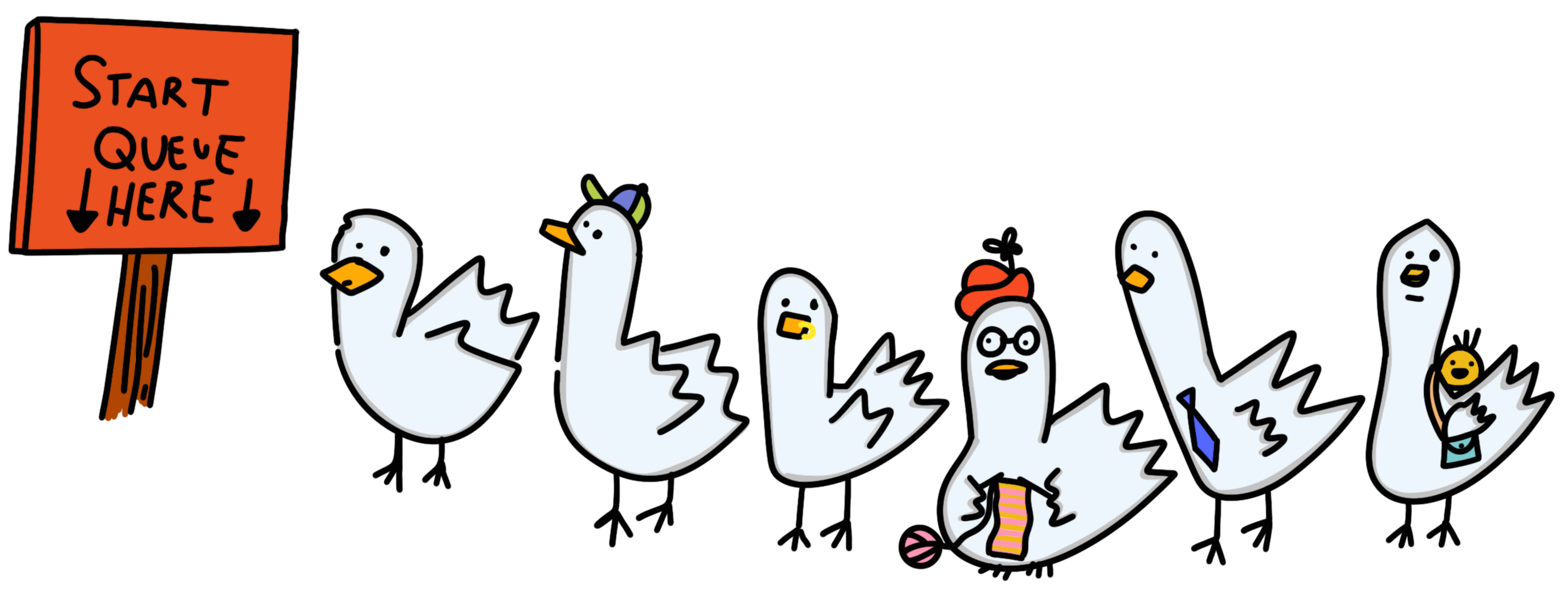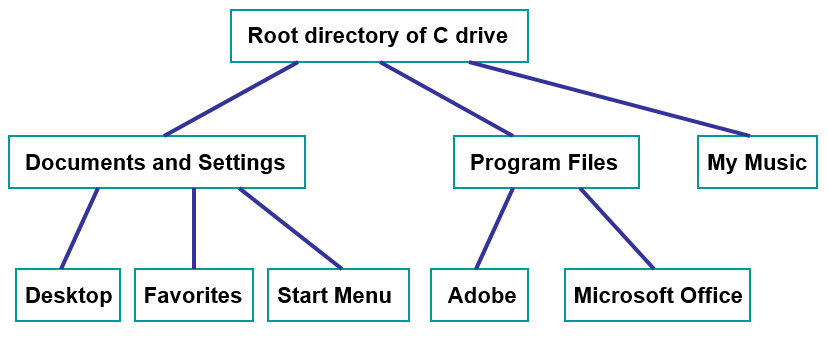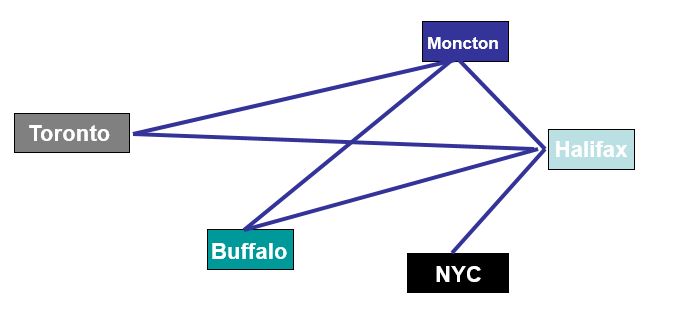6. Collections
Collections
Abstract Data Types
Data Structures
Implementations
Abstraction
6.1. Collections and ADTs
A collection is a group of things that are to be treated as a special conceptual unit
A contact list
A stamp collection
In computer science there a few popular elementary collections
Stacks
Queues
Bags
Lists
Trees
Graphs
This list is far from complete, but they will be a big part of your early computer science courses
6.1.1. Linear Collections
Linear collections are those that arrange data in a sequential way where each thing has a predecessor and a successor
Except for the ends
6.1.1.1. Stack

Adding a pancake to the top of a stack of pancakes.
Adding and removing data from a stack happens from one end
The last thing added to the stack will be the first thing removed
6.1.1.2. Queue

A first come first served queue/line.
Adding and removing data from a queue happens at different ends
Adding happens to one end
Removing happens from the other
The first thing that gets added would be the first thing to be removed
6.1.1.3. Bag

An element being added to an ordered bag such that the order is preserved.
Adding and removing from a bag will depend on the type of bag we have
In the above example, the bag is ordered, so adding to the bag must preserve the order
6.1.2. Nonlinear Collections
Sometimes there is no natural way to arrange data in a linear sequence
Sometimes there are many successors
Sometimes the idea of successor does not make sense
6.1.2.1. Trees
Trees are a generalization of lists

A simple file system on a computer.
If one were asked “What comes after Program Files” in the above example, there is no obvious answer
The data is arranged in a hierarchical way
Every element has at most one parent, but potentially many children
6.1.2.2. Graphs
Graphs are a generalization of trees

A hypothetical network of available flights between airports.
Data may be represented with relationships to other data
Graphs are made up of
Vertices/Nodes
Edges
In the above example, each vertex/node (box) is an airport
The edges (lines) between the vertices/nodes represent the existence of a direct flight between the airports
The relationship the airports have with one another
6.2. Abstraction
An important idea for problem solving is abstraction
We do this a lot in every day life
It is often helpful to try to separate the what from the how
What we can do
How it’s actually done
One may know what they have to do to drive a car
But they don’t need to know how cars actually work in detail in order to use the car
One may know that they want to append things to lists in Python
But they don’t need to know how a Python list actually does that
The above ADTs are all just the what
We can add and remove things from a stack
This is how one interfaces with the thing
As of now, there has been no discussion on how these ADTs actually work under the hood
The implementation of these ADTs will come later
In fact, there is often several reasonable options how for a single what
Implement a stack with an array?
Implement a stack with a linked structure?
6.2.1. Layering
If our systems are large, we may start to have multiple levels, or, layers, of abstraction
If this is the case, one may want to group components and restrict how our layers of abstraction interact
Often we do this in real life too
Tell me how to cook pasta?
Boil salted water and then add pasta
Tell me in more detail
Get a pot, fill with water, put on stove, and ….
…
…
…
Tell me in more detail
Neurons start to fire and muscles contract…
More detail please
Ion pumps and ….
The point is, it’s turtles all the way down
If I want to make pasta for dinner, I don’t want to care about ion pumps
Fortunately there are several layers between cooking pasta and the polarity of particles
6.3. Data Structures
A data structure is an actual implementation of an ADT
Using the
ContactListexample, the what would be:Keep track of
FriendobjectsAdd and remove
FriendobjectsGet a
Friend…
The how would be the actual code we see
An array was used to keep track of the
FriendobjectsA linear search was done to check if a given
Friendobject was in theContactList
A large focus of this class will be both the what and the how and how to keep them separate
The interface and the implementation
Warning
It is not uncommon for people to use data structure as a catch all to mean both the ADT and the specific implementation.
6.4. For Next Time
Read Chapter 3 Section 1 of your text
3 pages